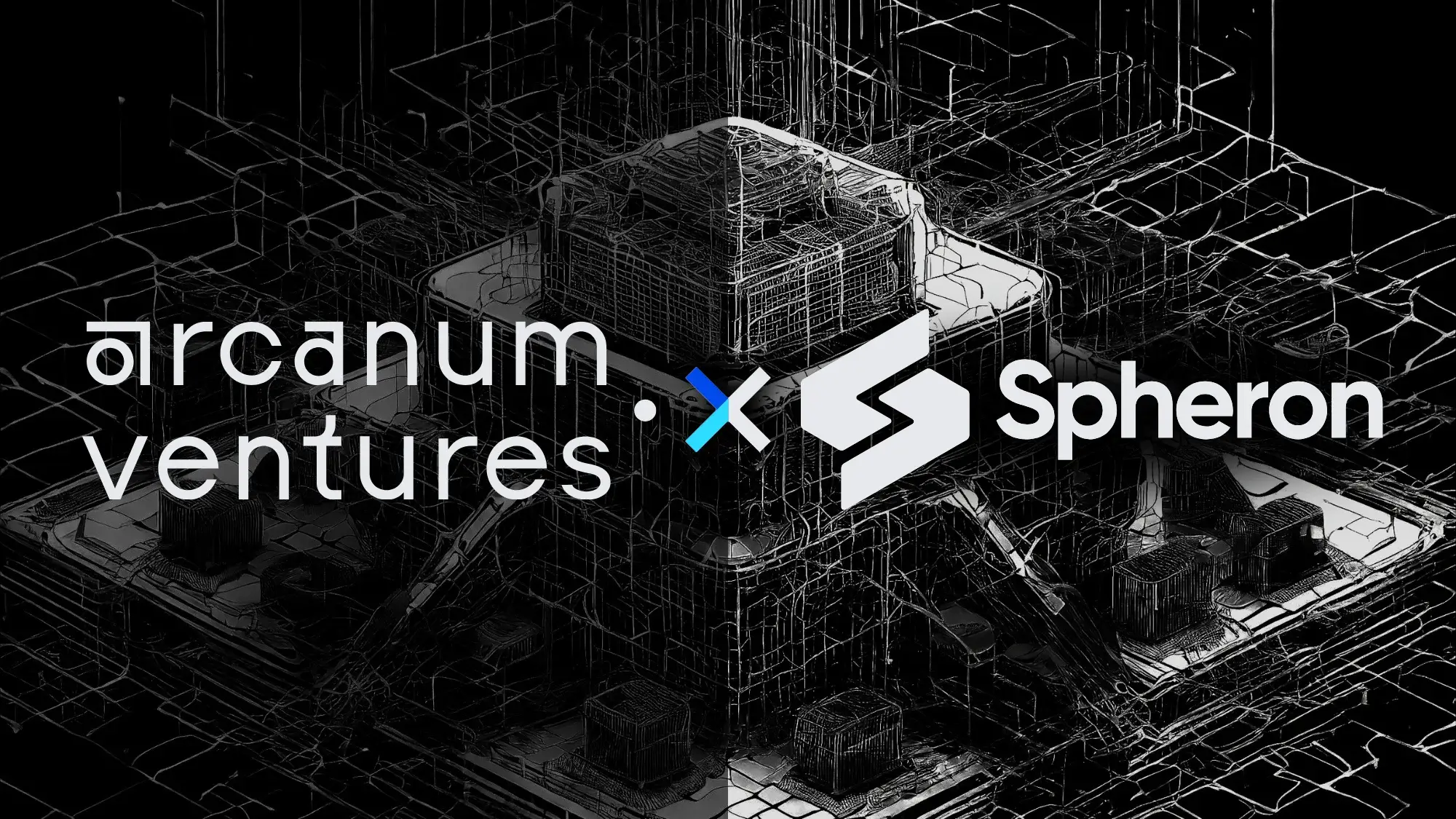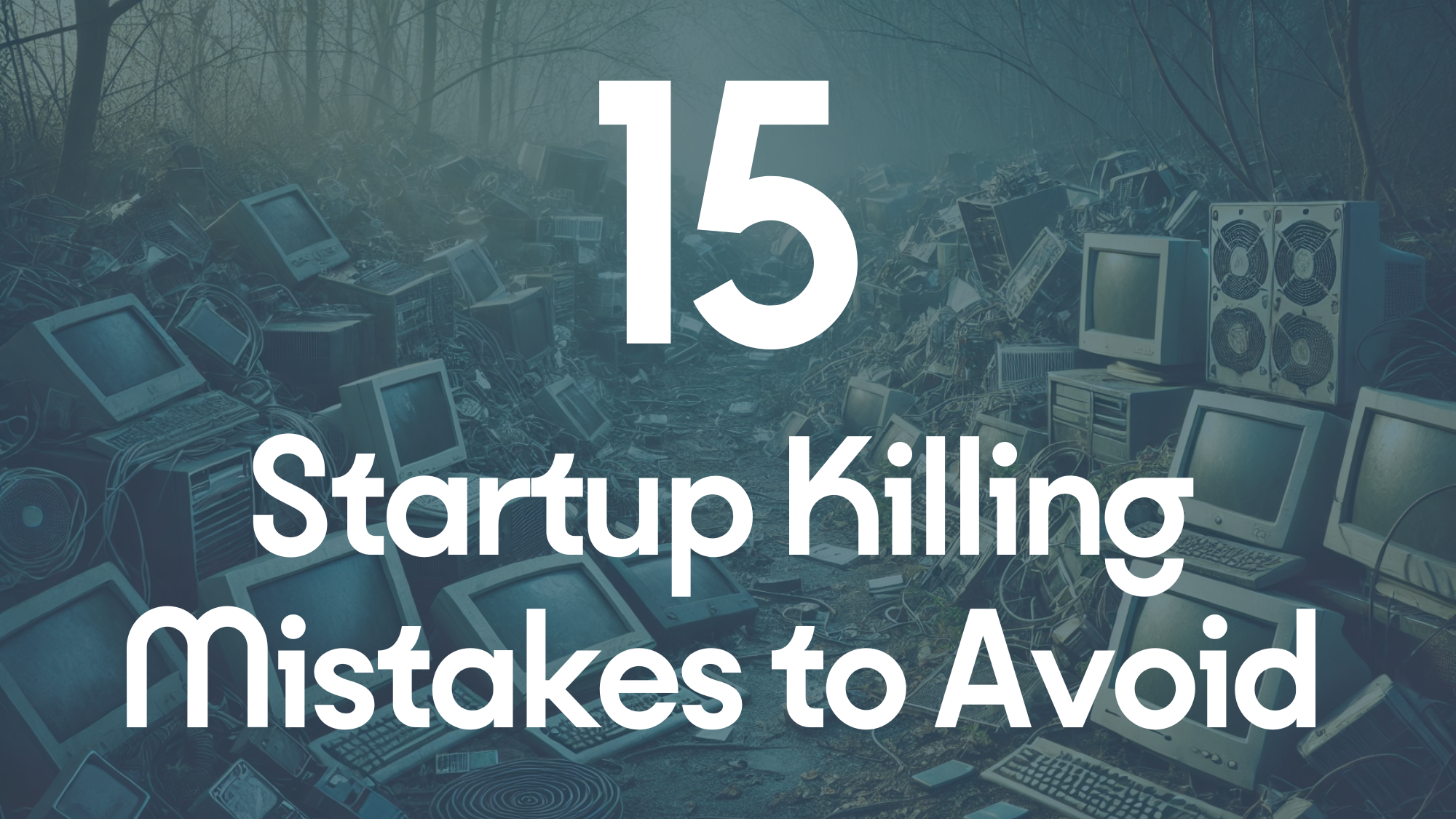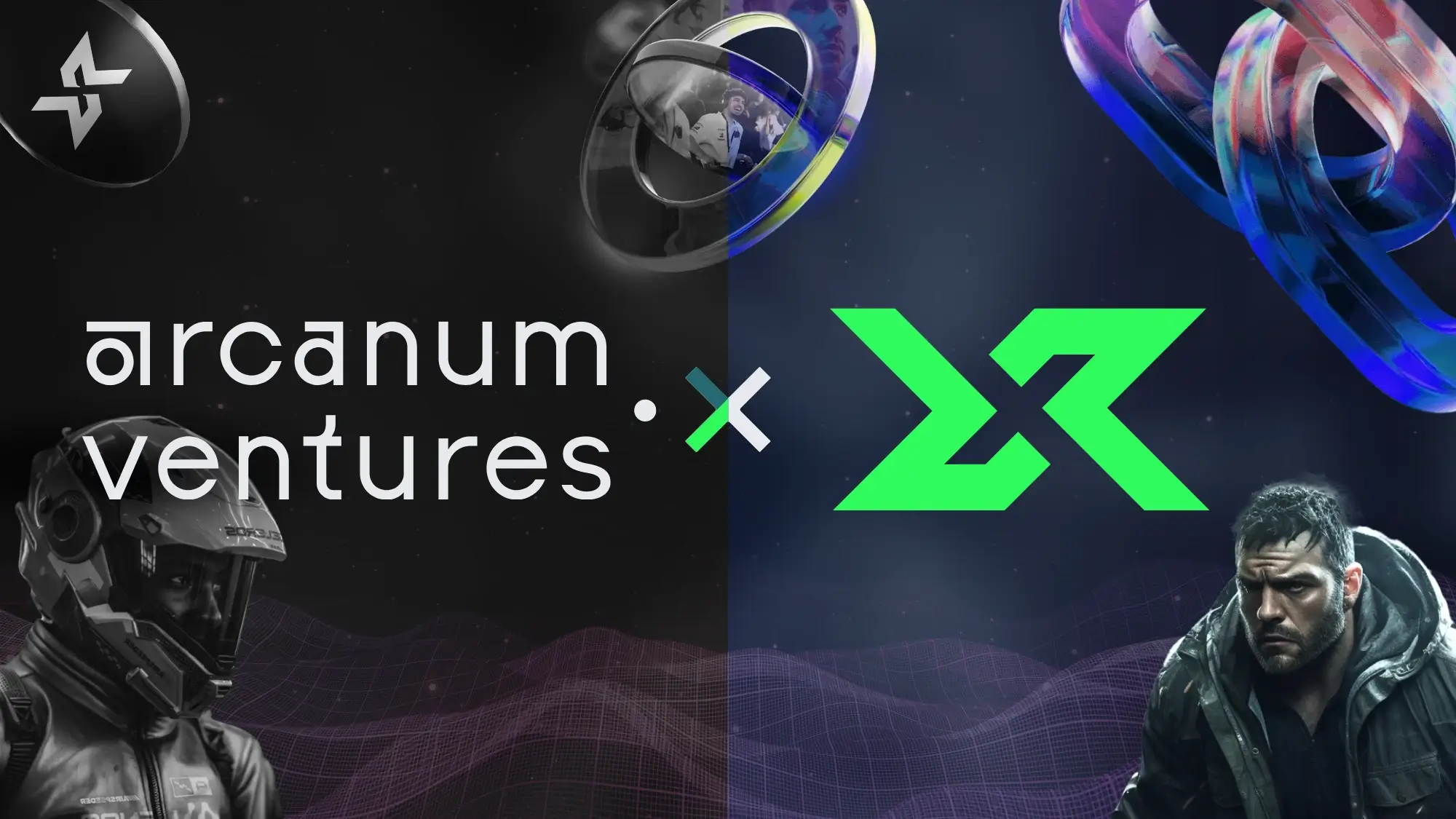Arcanum Ventures
Arcanum Ventures is a venture capital investment firm, blockchain advisory service, and digital asset educator. We bring precise knowledge and top-tier expertise in advising blockchain startups.
Arcanum demystifies the blockchain space for its partners by providing intelligent, poised, crystal clear, and authentic input powered by our passion to empower and champion our allies.
We unravel the mysteries and unlock the opportunities in blockchain, Web3, and other emerging innovations.
Deceptive Token Economics: Liquidity Provision
With the advent of DAOs and the decentralized digital asset (token), the cryptocurrency industry full-pivoted into a culture of community. Apart from skirting securitization regulations, this new economy catered towards empowering the little person, and counting every vote, no matter how small.
We are still in the infant stages and trying to understand how decentralization and DAOs fit into a business model. There are inherent risks in implementing community-driven financial decisions, and it’s important to understand how your community can be incentivized to make greedy decisions that may conflict with your business interests. While this is a greater topic for another discussion, there are currently many other ways to align both your business and your community’s goals to create a fair and equitable decision-making model that truly speaks to the nature of a DAO.
One example is the advent of Liquidity Provision or LP Farming.
Liquidity Provisions (LP):
Liquidity is the cornerstone of your token. It is what powers an Automated Market-Maker (AMM) like a decentralized exchange in allowing trades and transactions of your token. It also helps determine token price movement resulting from transactions since it directly correlates back to the AMM governing equation, XYK.
Onset of Crowdsourced Liquidity
Through the 2021 market progression, we’ve seen a steady evolution in token economics models from a liquidity standpoint. Models slowly progressed from outlining liquidity as a corporate responsibility to crowdsourcing liquidity through LP farming in order to cut down on dedicated token supply for this function.
Only six months ago, average token tranches dedicated to CEX and DEX liquidity averaged 4-5%. Now, projects truly dedicate far less to Liquidity Provisions while incentivizing their communities to provide this essential service through LP farming and rewards emissions.
Although the transition to crowdsourcing liquidity has been a smart move on project’s parts, since they can now dedicate less of their overall supply to the function, we’ve seen more greed that has accompanied the move.
The Concerning Evolution of LP Token Economics
Average token tranches dedicated to Liquidity Provisioning slowly increased from 4-5% to 8-10% over the second half of the year. With a decrease in the need for dedicated Liquidity tokens, we’ve seen nearly a doubling in tokens being set aside for that specific function on token sale models. What does this mean?
Figure 1: The past 18 months saw a gradual increase in average liquidity tranche size corresponding to a decrease in project valuation. Cryptocurrency startups may have been increasing liquidity tranche sizes to offset the industry movement towards fairer valuations.

We believe the average startup has been finding new and creative ways to maximize company ownership of digital asset supply. In the early months of the IDO craze in 2021, we saw projects coming to market with large token tranches simply labeled “Foundation” or “Community,” with very little offered in the transparency of how these tokens would be spent or used. As investors wisened and became warier of these red flags, the token economics industry evolved to create more descriptive bucket labels around company-owned token tranches. We saw these large tranches being divvied up into smaller ones with monikers such as “community incentives, operations, marketing, and ecosystem rewards.
The veteran cryptocurrency investors led the way in helping the markets understand that these buckets were also window-dressing for company-owned assets. As a result, we’ve now begun to see more equitable token sale models that portion out company tokens to 50-60% versus a previous 70-80%. To battle this movement toward lesser company ownership, startups have been exploring new and creative ways to retain supply. Hence, the Liquidity Provision conundrum.
Back and Forth
Companies are able to justify the existence and portioning of Liquidity Provision tokens since it is a necessary business function that cannot be disputed. At the same time, the gentle rise of the overall tranche has given the company greater equity to balance the loss in company-owned buckets as the industry moves towards a more fair token sale model. The concern around maximizing liquidity provision tokens, however, is twofold. Many projects are eliminating the need for LP token dedication through crowdsourced LP farming, but the LP token tranches are still sticking to their aggressive vesting schedule that aligns with many startups’ narratives, “We may need these tokens for potential CEX or DEX listings!”
Not only are these projects creating a speculative trading environment where token prices have been known to double or triple up on a Binance listing, but they are using this as an outlet to rapidly release 8-10% of their company-owned token supply that can be sold or dumped on the open market with no formal oversight.
Figure 2: Movement downward in average liquidity token release at launch may have been a result of startups liquidating large tranches of tokens immediately following TGE, using their instantaneously or rapidly releasing liquidity tokens as treasury funds.

The Slow Move Towards Fairness
With every downcycle, significant market movement, and iteration of predatory financial practices in the cryptocurrency industry, more well-informed and cautious investors are born. While the industry remains largely unregulated, self-governance will progress until startup projects receive only the funding they require for the fair valuation of their assets.
Arcanum Ventures will help work towards this financially responsible future in the cryptocurrency startup space by working with projects we know and trust to behave ethically. Our token economics services are geared towards helping your team understand their true budgetary requirements and ensuring a healthy runway while maintaining an equitable valuation for early investors and the market.
If you’re interested in learning more about our services and what we can offer your project, visit our website and apply to Work With Us.
Arcanum Ventures
Arcanum Ventures is a venture capital investment firm, blockchain advisory service, and digital asset educator. We bring precise knowledge and top-tier expertise in advising blockchain startups.
Arcanum demystifies the blockchain space for its partners by providing intelligent, poised, crystal clear, and authentic input powered by our passion to empower and champion our allies.
We unravel the mysteries and unlock the opportunities in blockchain, Web3, and other emerging innovations.
January 28, 2025
Spheron is developing and launching infrastructure to simplify the world of GPU and CPU resource provisioning…
October 8, 2024
It goes without saying that starting a new business in any industry is an exciting venture, but so too does…
September 24, 2024
The future is virtual. While fax, email, and traditional news media see record-low impressions across the…



